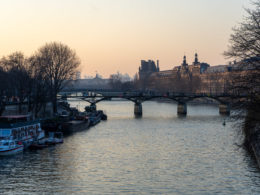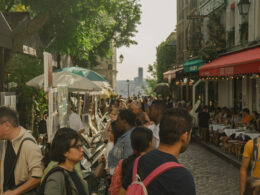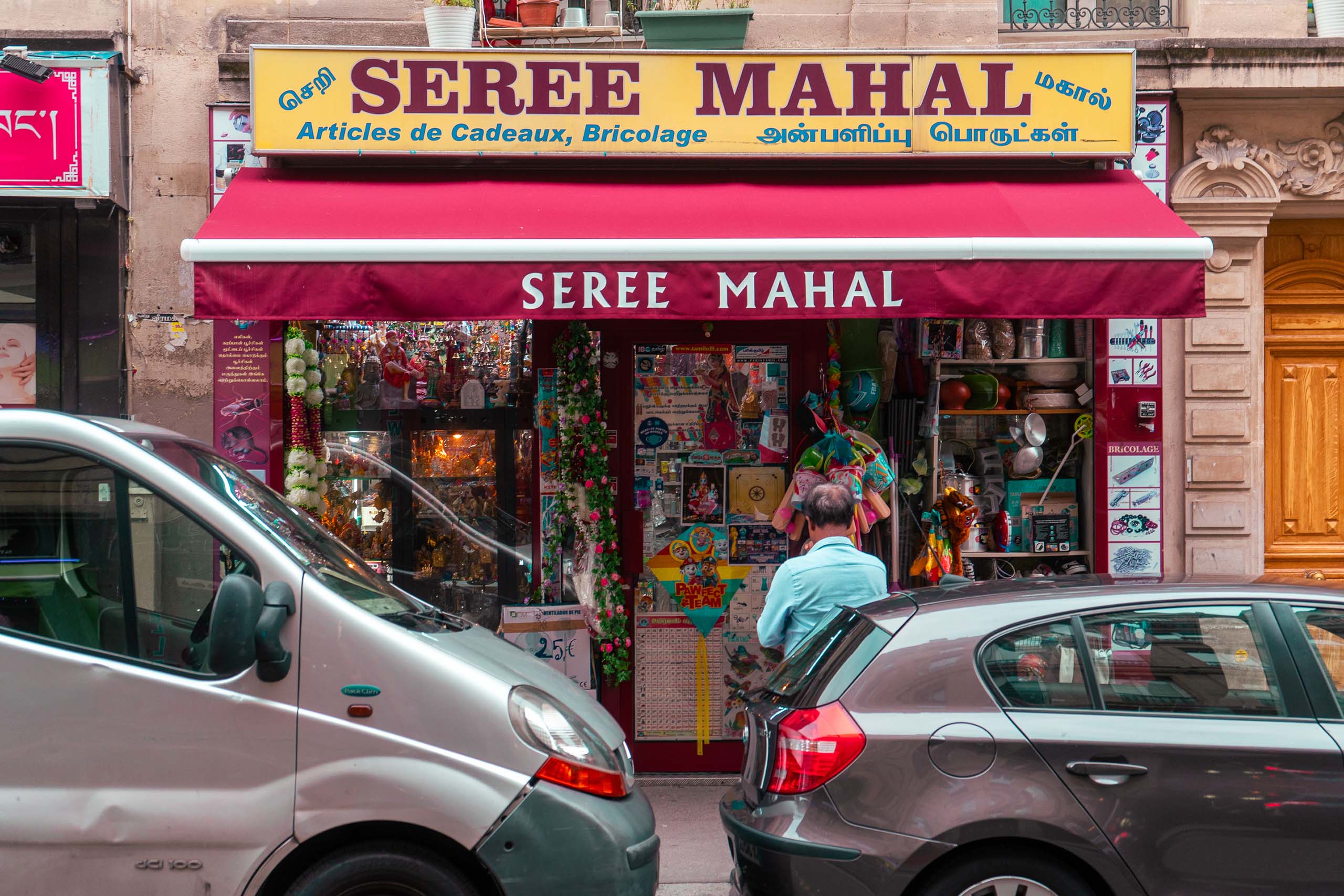The Père-Lachaise Cemetery is the largest cemetery in Paris and is the most visited in the world. A quiet, relaxing and beautiful haven, it’s a park as well as a fascinating open-air museum.
There’s over 1 million interments in the massive cemetery and include many famous and notable historical figures including Jim Morrison, Oscar Wilde and Édith Piaf.
As someone who currently lives (and has for the past 3 years!) next to the cemetery, this guide will tell you everything you need to know before you visit.
Local’s Tip: The cemetery is huge and it’s easy to get both lost and overwhelmed by the amount of tombstones! I’d advise going on this incredible walking tour to get the most out of your visit.
What is the Père Lachaise Cemetery?
The Père Lachaise Cemetery, located in Paris’s 20th arrondissement, is one of the world’s most famous and beautiful burial sites.
Built in 1804 and the cemetery was named after King Louis XIV’s confessor, Père François de La Chaise. It was initially unpopular due to its distance from the city centre. However, after the remains of notable figures like Molière and La Fontaine were relocated there, its prestige grew, and it became a sought-after resting place for the elite.

Spanning 110 acres, Père Lachaise is both a burial ground and an open-air museum. The winding cobblestone paths are lined with elaborate tombs, mausoleums, and sculptures. The cemetery is the final resting place of countless famous French and international figures including Oscar Wilde, Edith Piaf, Frédéric Chopin, Jim Morrison, and Marcel Proust.
Tip: The majority of the paths are extremely uneven owing to the cobblestones. It’s also rather hilly so ensure that you’re wearing the right shoes!
For many history buffs and fans, it’s a must visit but it’s also a beautiful garden for Parisians to enjoy some peace and quiet.
You’ll often find tributes at the graves of the most famous figures. At Oscar Wilde’s tomb, it was famously covered in lipstick kisses for years. Nowadays, like many other tombs, there’s barriers to stop people getting too close to the headstones.
Read More: Discover more about the fascinating Montmartre Cemetery.

What Famous People Are Buried in Père Lachaise?
Oscar Wilde
Oscar Wilde (1854–1900) was a famous Irish playwright, poet, and novelist known for his flamboyant personality, witty statements and famous literary works.

He spent his final years in Paris, where he passed away in 1900. The tomb features a modernist angel and bears Wilde’s poignant epitaph: “And alien tears will fill for him / Pity’s long-broken urn.”
Location: Division 89
Jim Morrison
Jim Morrison, the legendary lead singer of The Doors, is buried in Pére Lachaise after his death in 1971 at the age of 27.
His grave is on the smaller side compared to others in the cemetery, marked with a simple headstone bearing the Greek inscription “ΚΑΤΑ ΤΟΝ ΔΑΙΜΟΝΑ ΕΑΥΤΟΥ,” meaning “True to his own spirit.”
Location: Division 06
Eugène Delacroix
Eugène Delacroix, one of leading figures of the French Romantic art movement, is buried in Père Lachaise Cemetery after this death in 1863.

Delacroix is most known for Liberty Leading the People which you can find the in the Louvre. His grave is rather modest yet elegant, featuring a simple stone cross and a plaque marking his name.
Location: Division 49
Édith Piaf
Édith Piaf, known in France as the Little Sparrow, is one of France’s most well known singers. Born in the nearby suburb of Belleville, she’s best known for her iconic songs La Vie en Rose and Non, Je Ne Regrette Rien.
Her modest grave is marked by a black granite headstone engraved with her name and dates, alongside family members.
Location: Division 97
The Cats (and Wildlife) of Père Lachaise
Just like in the Cemetery of Montmartre, Père Lachaise is home to a vast array of wildlife from feral cats to tawny owls.

No one knows quite how many cats live in the cemetery but you’re sure to see a few darting between headstones on a quick walk.
Who Was Père Lachaise?
Père Lachaise or, Père François de La Chaise, was a French Jesuit priest who served as the confessor to King Louis XIV in the 1700s.
He played a key role in religious and political matters during the king’s reign, including promoting the revocation of the Edict of Nantes, which suppressed Protestantism.
The cemetery in Paris was named after him as the site was once part of the Jesuit retreat where he lived near Mont-Louis.
Practical Information
Where Is It?
The cemetery is located in the 20th arrondissement of the city, between the Belleville neighbourhood and the 11th arrondissement.

How Do You Get to Père Lachaise?
Père Lachaise is accessible by metro on Lines 2 and 3 and bus 61, 69 and 71.
There are a total of 4 entrances located on the north, east and south sides.
Tip: The northern side of the cemetery is much higher than the southern side. I’d advise entering by the north eastern entrance (next to the Gambetta metro station) if you want to walk down hill (rather than up!).
For information on opening hours click here.
Where Can You Eat Nearby?
There’s plenty of great restaurants in the 20th arrondissement however if you’re looking for options really close, I’d recommend the following:
- Galerna: close to the northern entrance, next to the Gambetta metro station. They serve really good Spanish influenced French food and have a great wine list.
- YARD: About a 8 minute walk from the southern entrances, YARD serves some killer modern French dishes alongside some fantastic wine.
- Le Servan: Around about a 10 minute walk from the southern entrances, Le Servan is a foodie heaven. They serve up refined, Asian influenced French food with plenty of incredible twists. You will need to reserve in advance however!
Alternatively if you jump on Line 2 (metro stop Père Lachaise), you can be in Belleville in under 10 minutes. There’s a lot of really good Asian restaurants here. Check out my guide to the best restaurants in Belleville.












